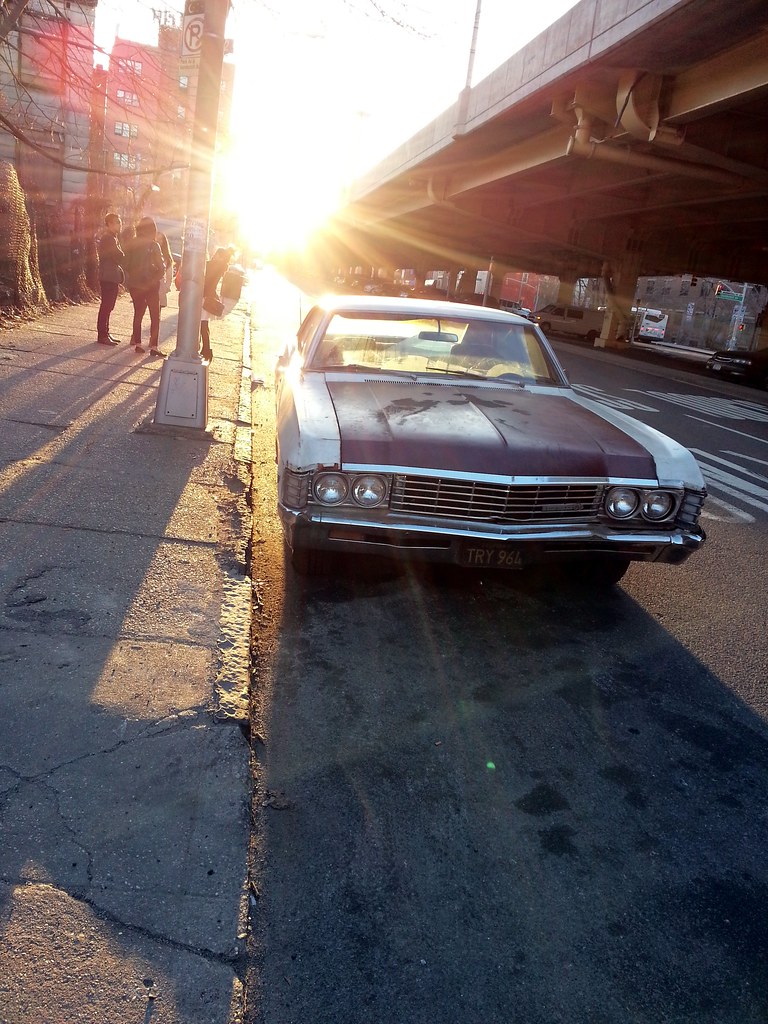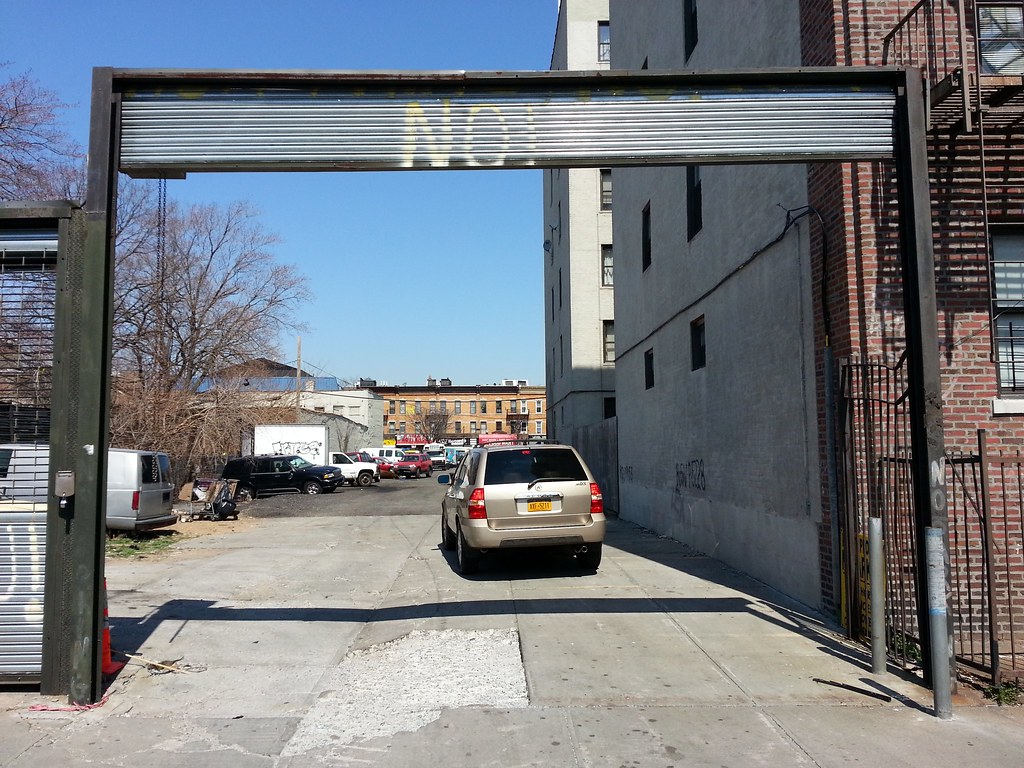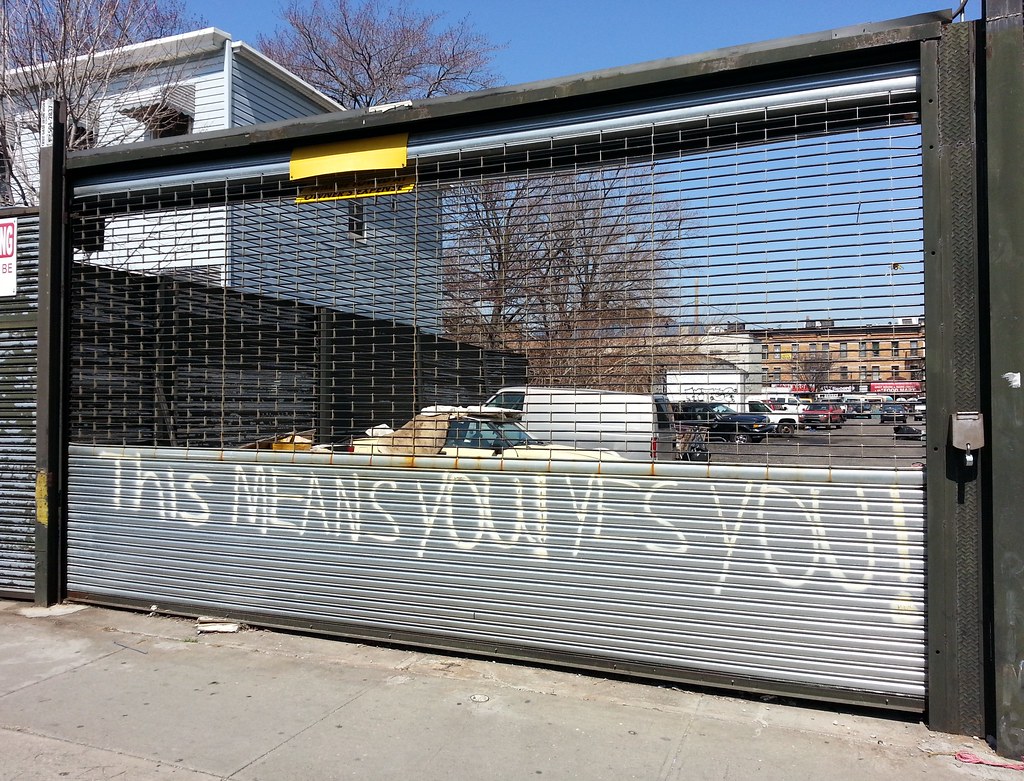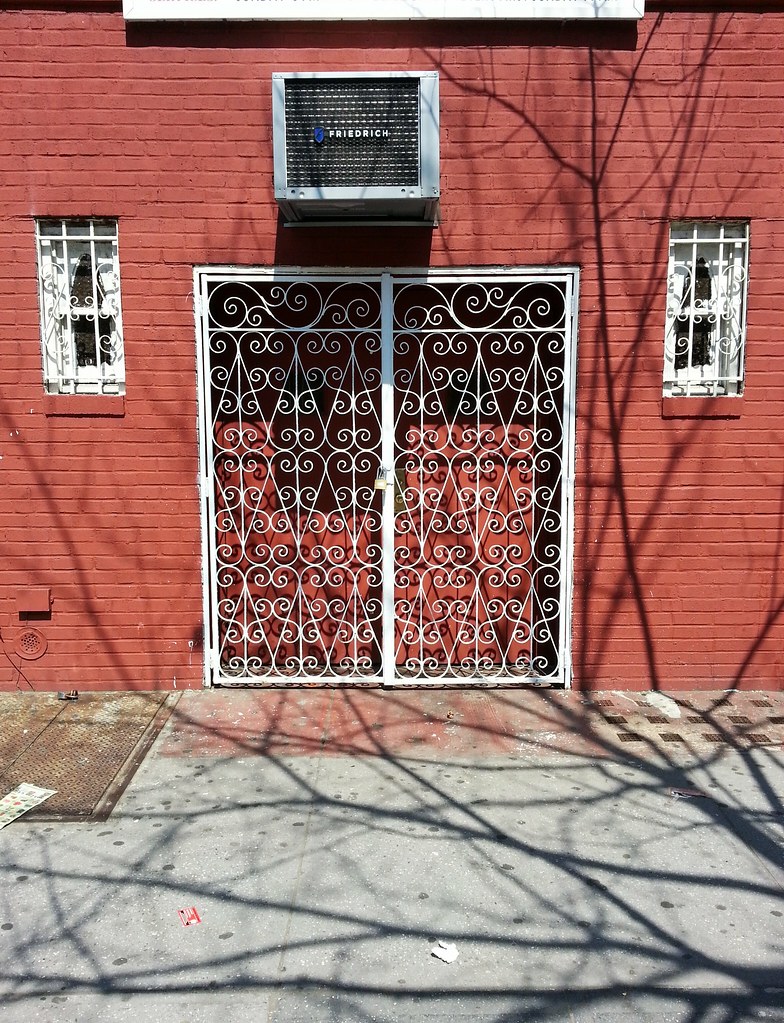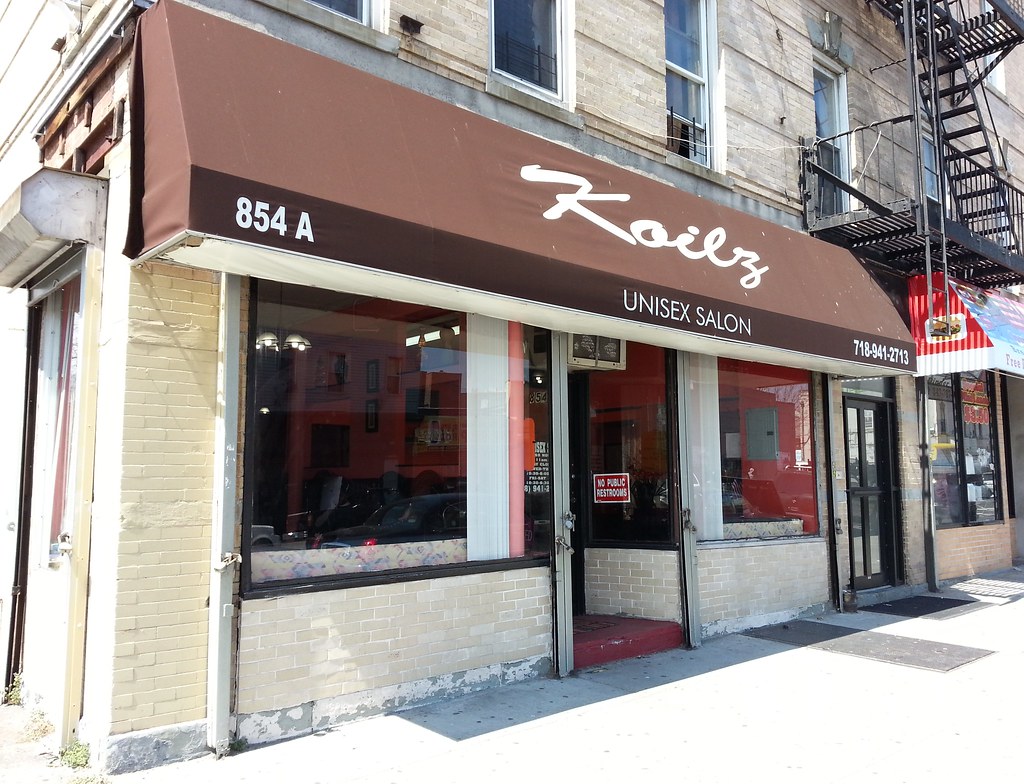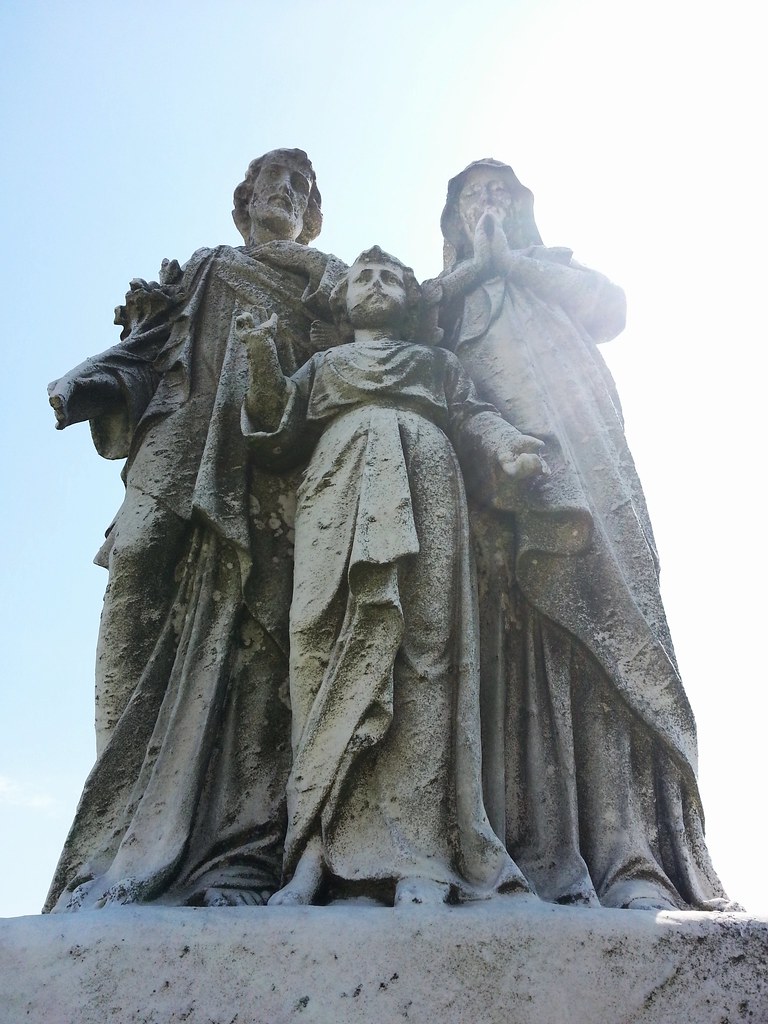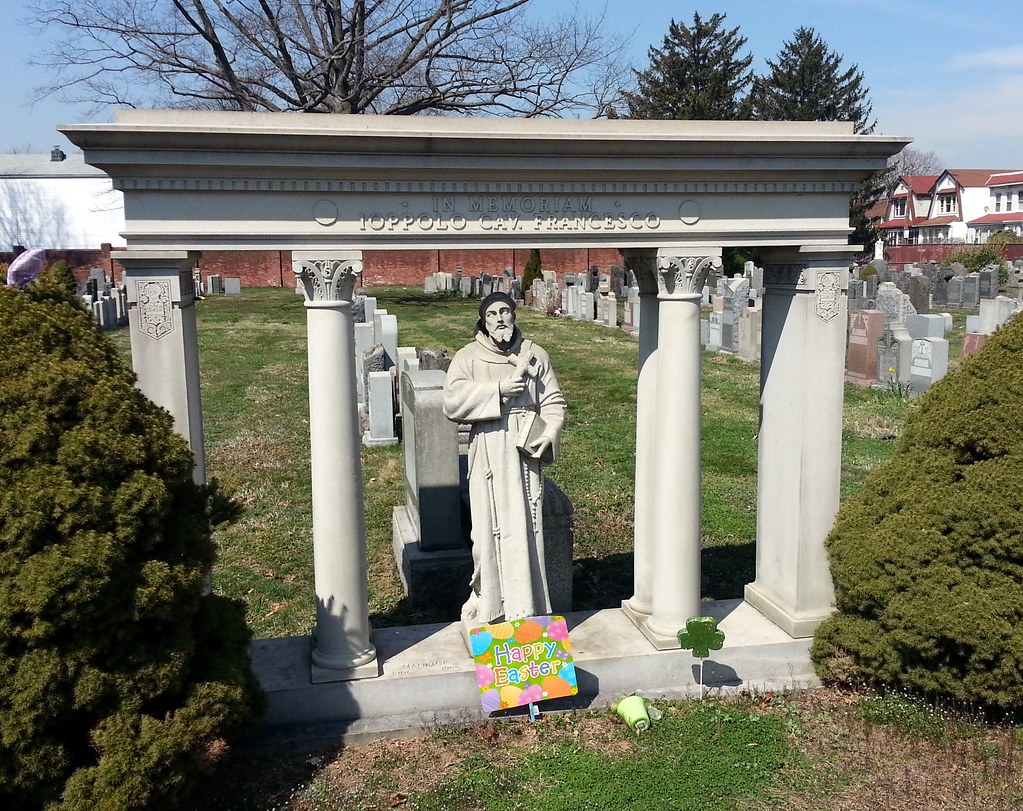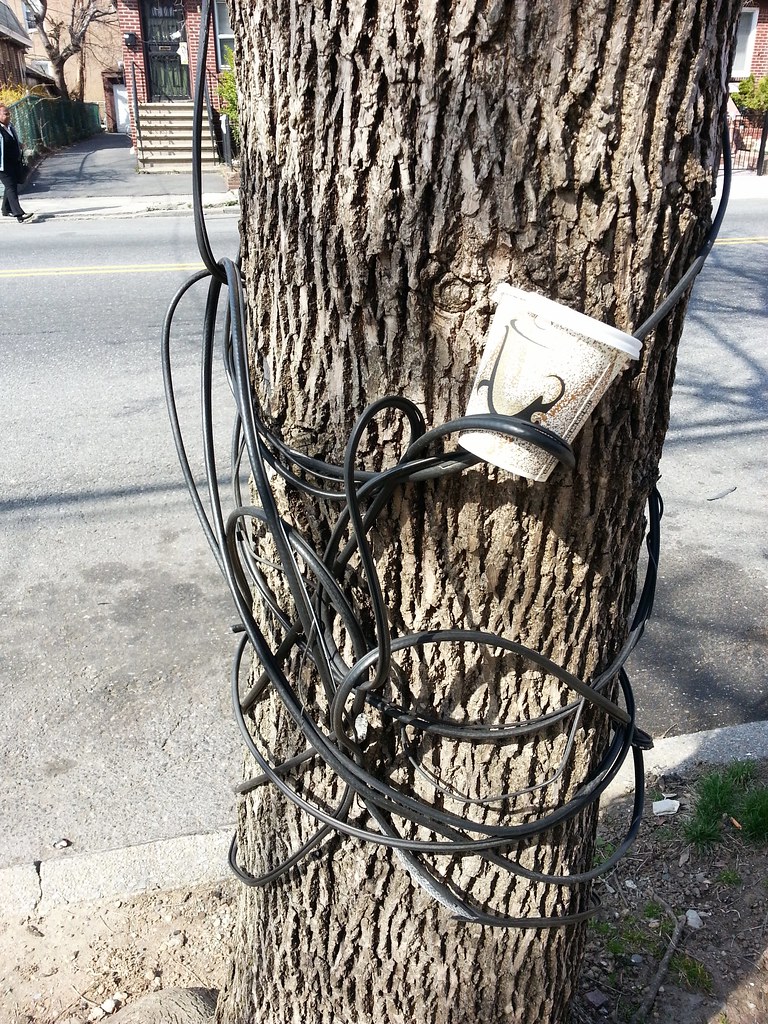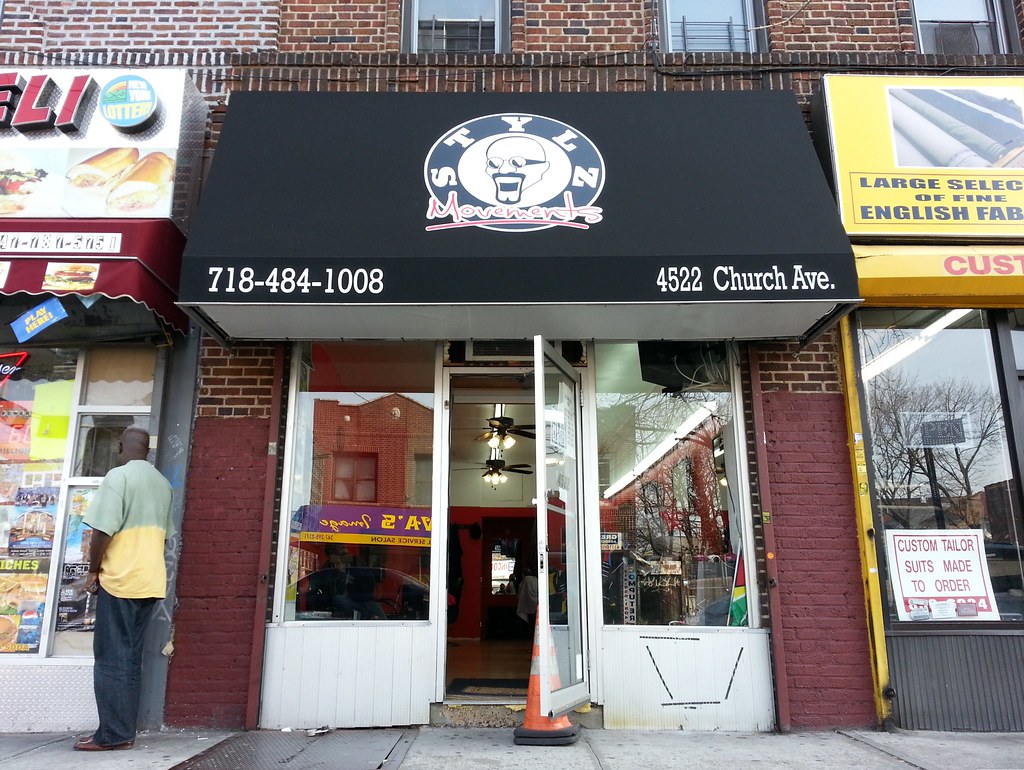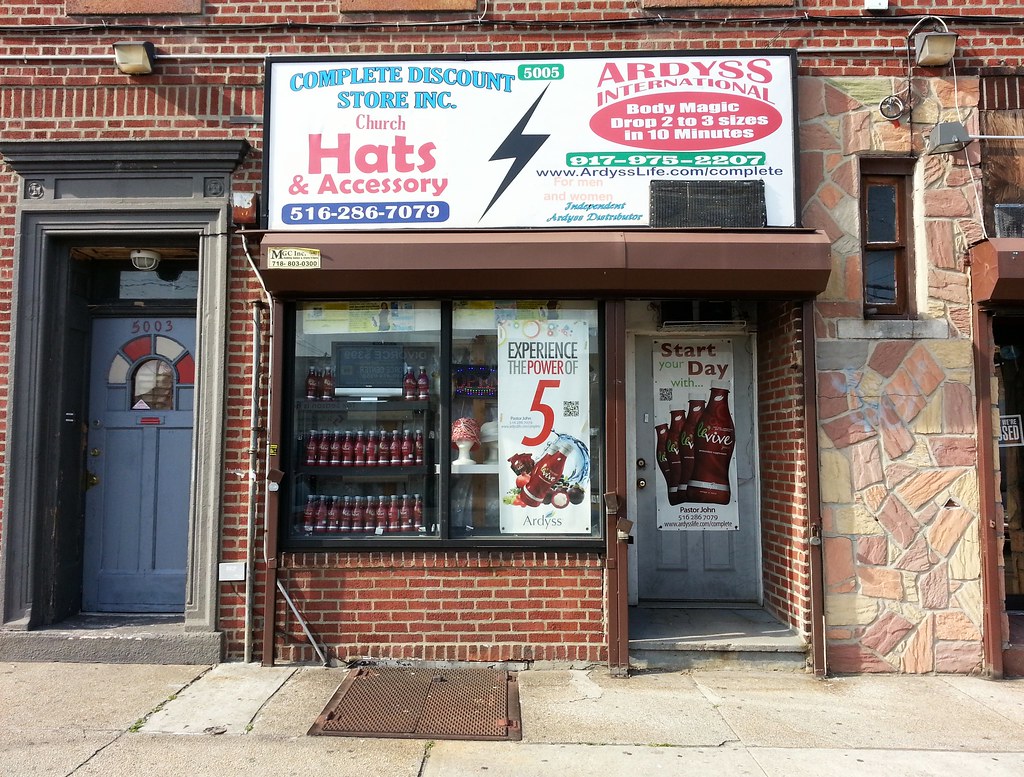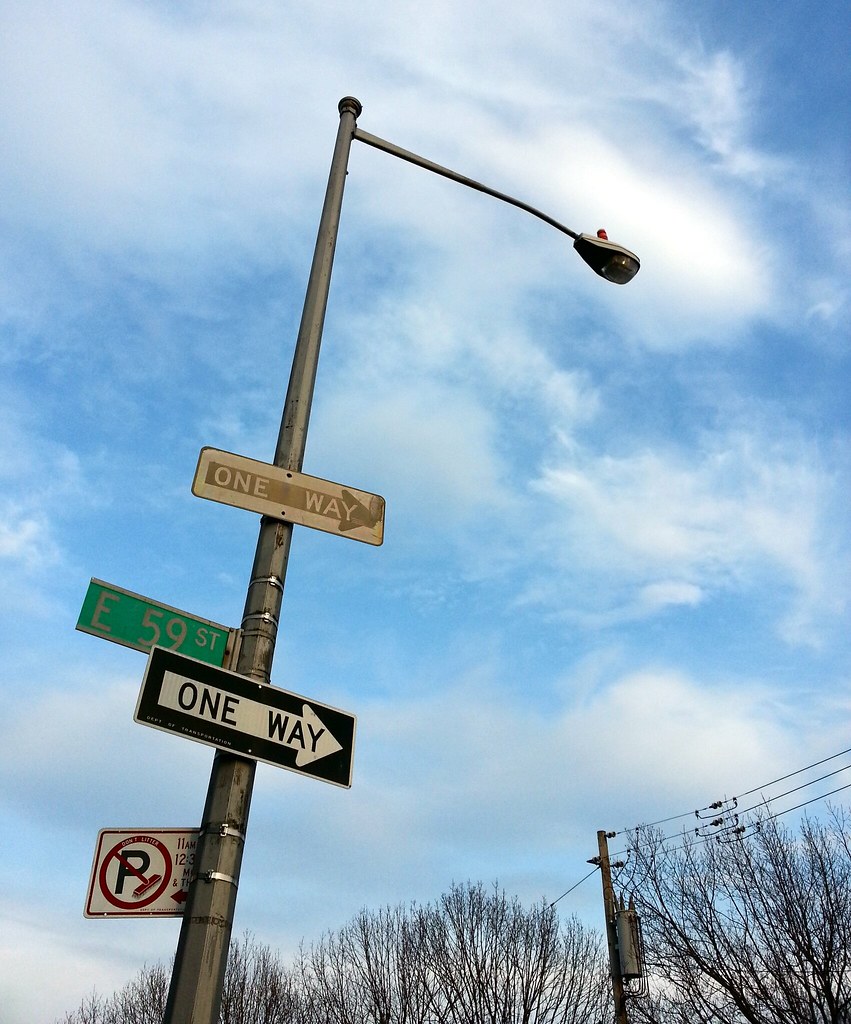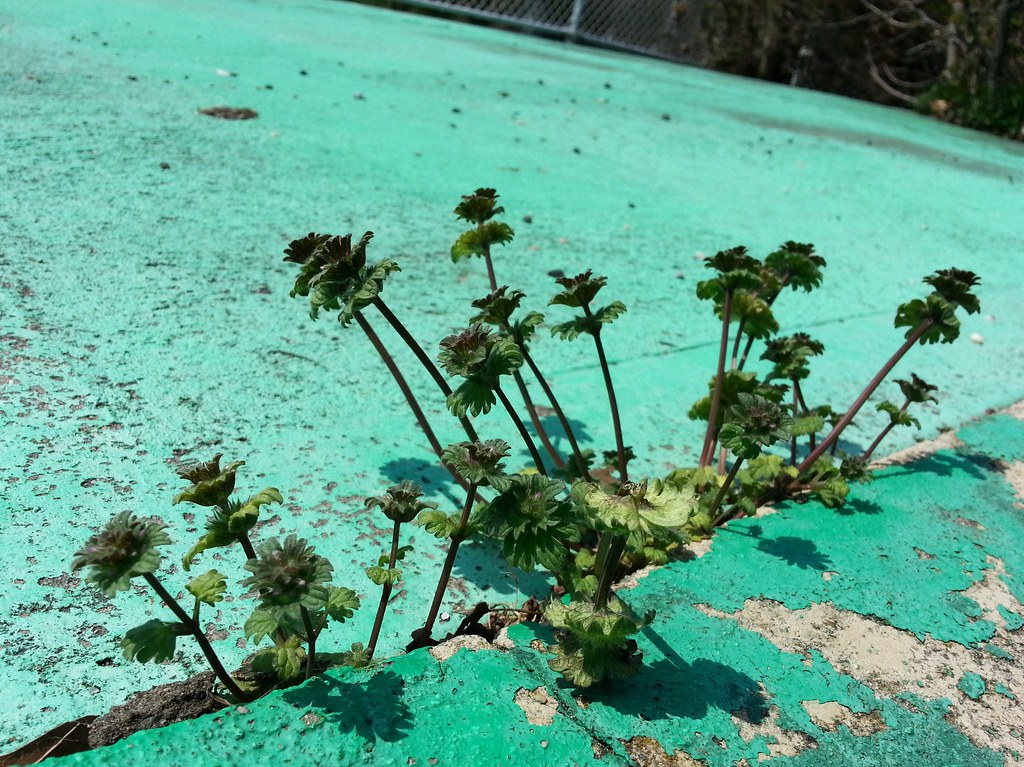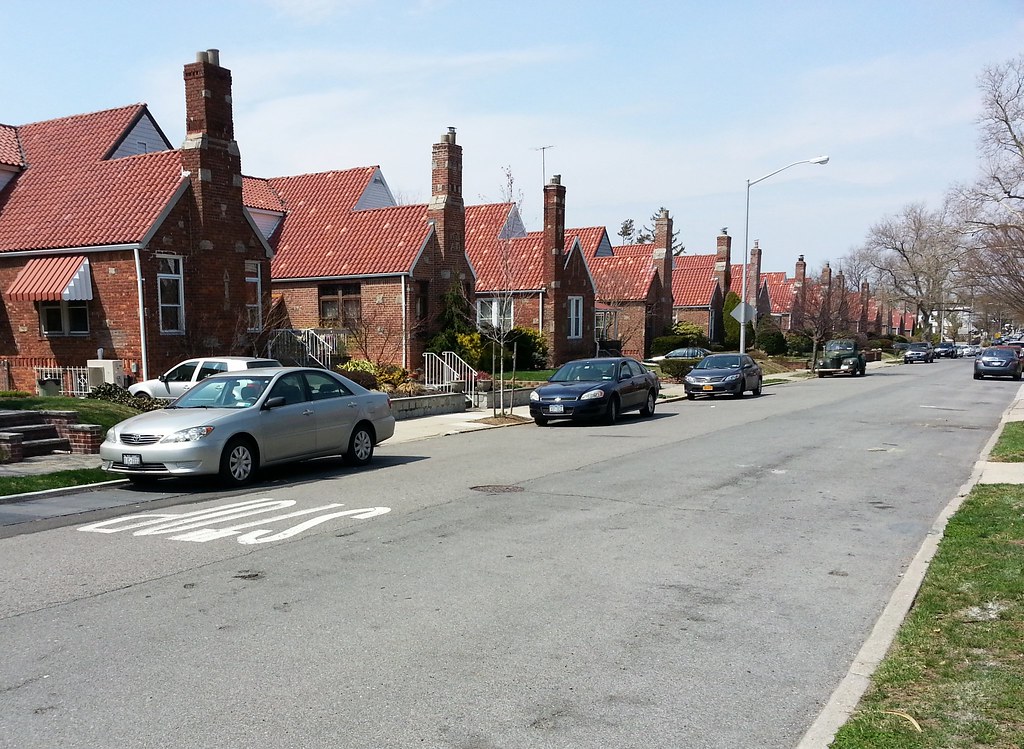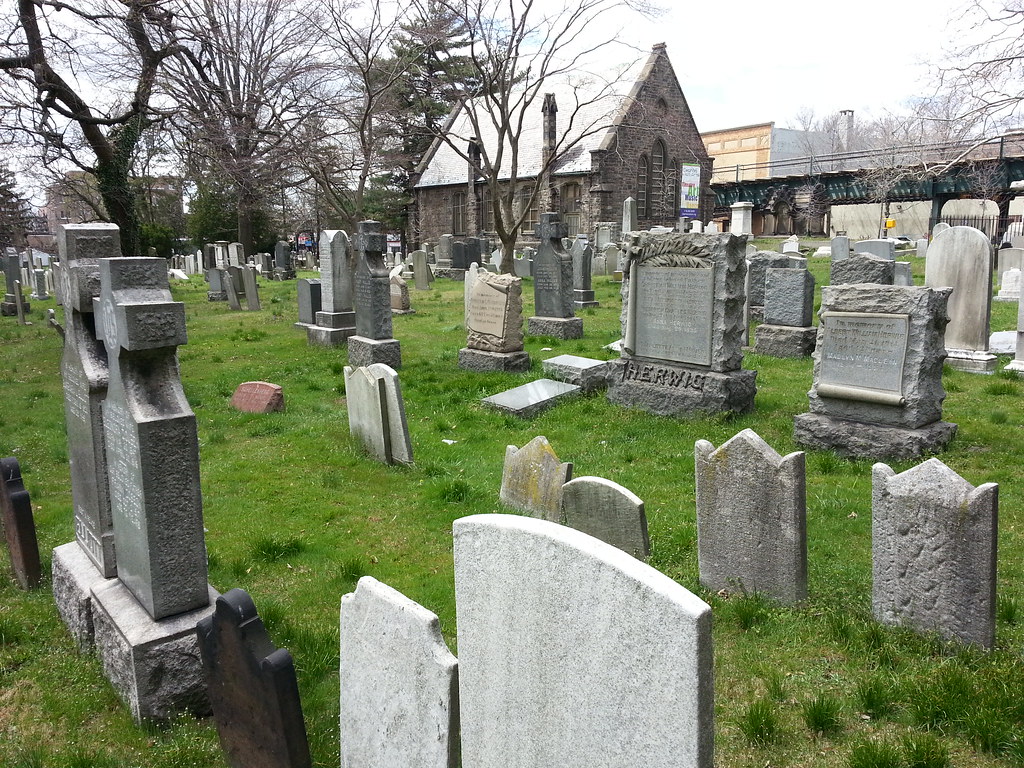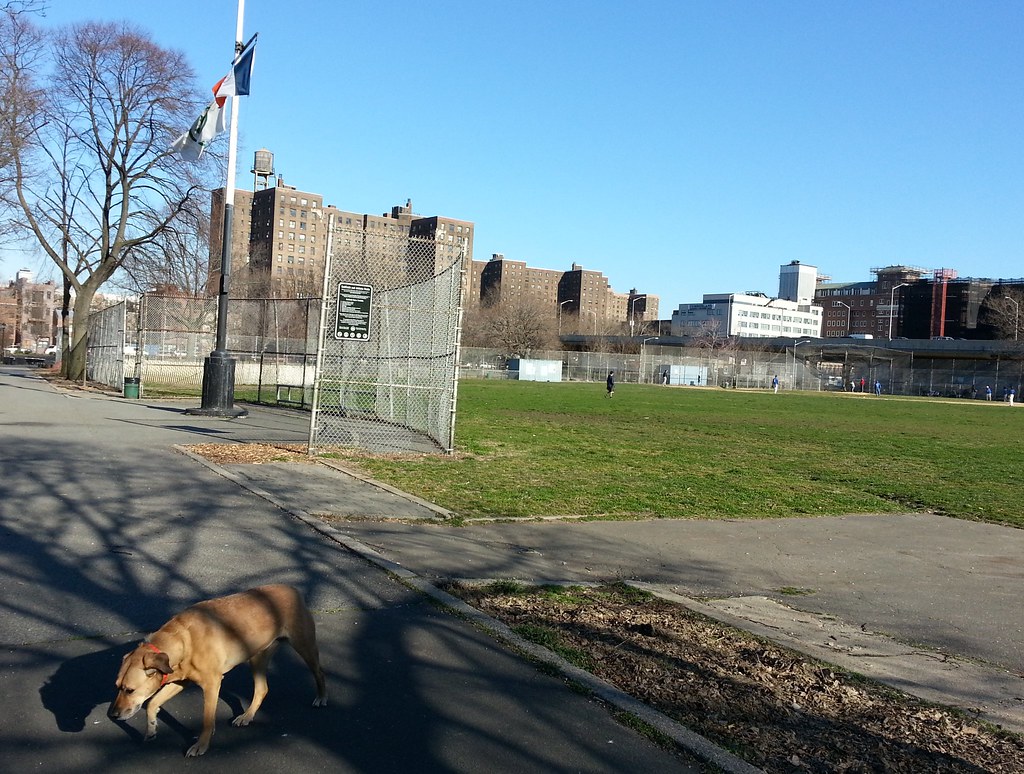
Originally known as City Park, this is Brooklyn's oldest park, dating back to 1836. It seems to have been largely neglected by the city for most of the 19th century, however, according to the Brooklyn Daily Eagle. Here's what the paper had to say about the park over the years:
1845, sarcastically: "We need hardly caution our readers not to linger too long at any one time in the midst of its enchantments."
1869, comparing it to the single-block Carroll Park, on which $19,000 had been spent during the previous year: "City Park is four blocks. If the Park Commissioners ever spent nineteen cents on it, not to say nineteen thousand dollars, the expenditure is not apparent."
1887, after referring to it as a "grotesquely so called pleasure ground": "The City Park is an unfortunate spot. It is not known to have ever contributed to the enjoyment of a single human being, while for most persons a visit to it is extremely depressing."

This building was once part of the Rockwood & Company cocoa and chocolate factory complex. In its prime, Rockwood was America's second-leading manufacturer of chocolate, trailing only Hershey's.

One of many lingering signs of the long-ago military days at the Brooklyn Navy Yard
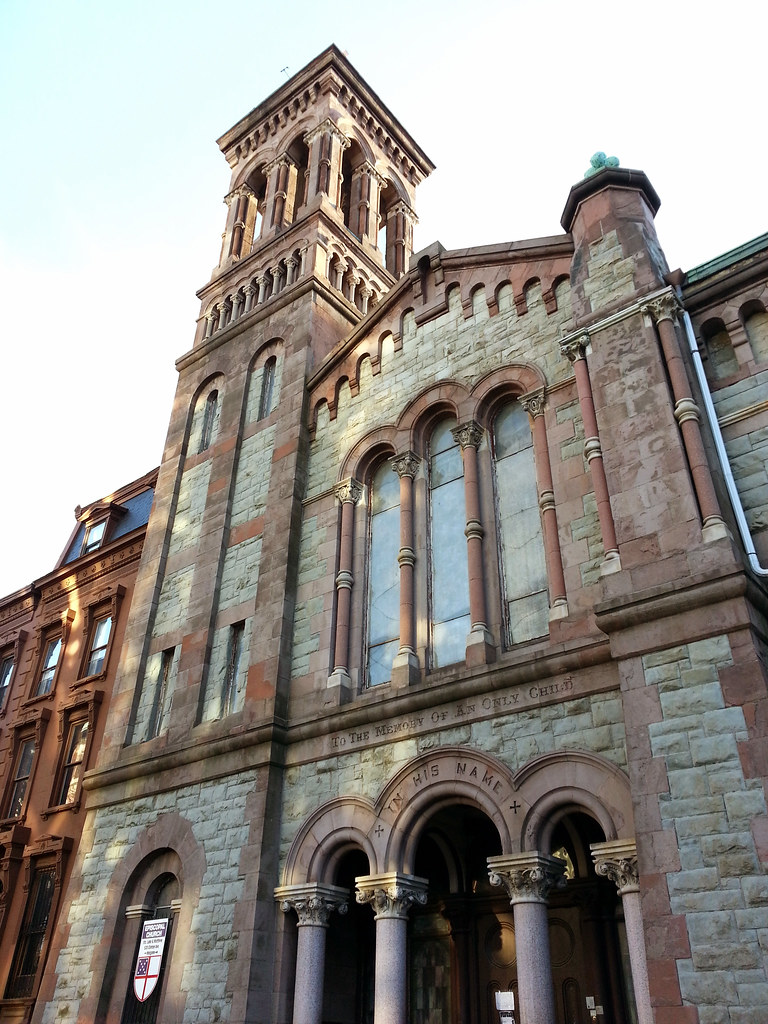
The Church of St. Luke and St. Matthew, damaged a few months ago by a "suspicious fire"
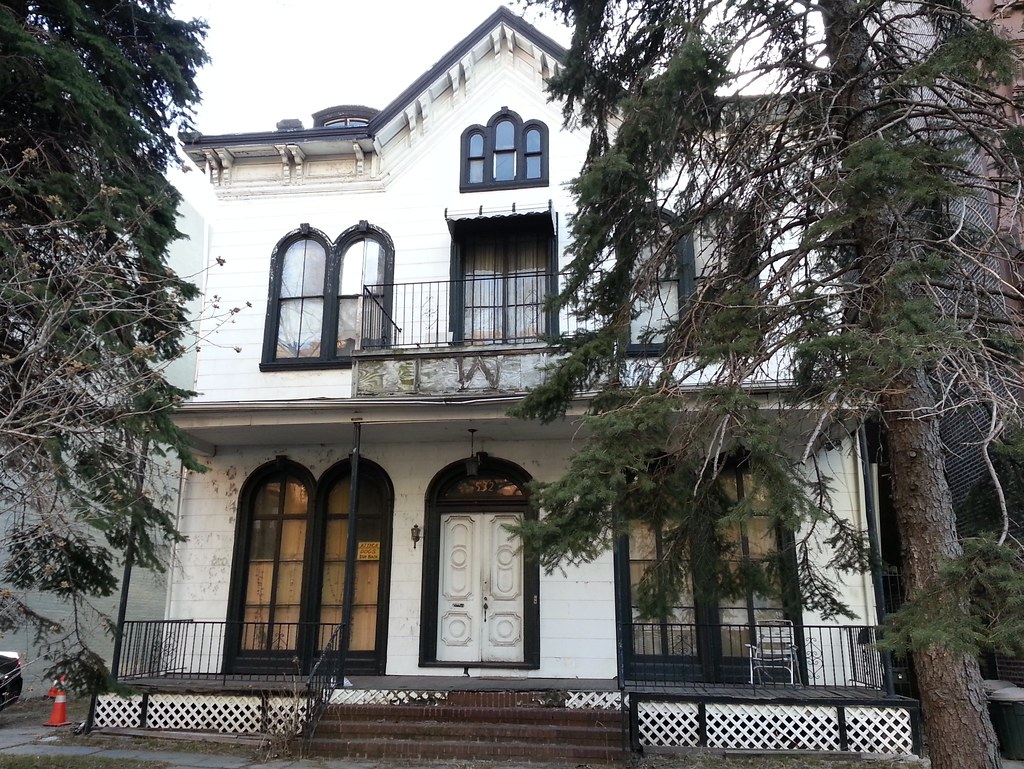
reads the sign in the window of the once-genteel 532 Clinton Avenue

From our last visit to a Rubel Coal & Ice building:
The tale of Samuel Rubel exemplifies the classic American rags-to-riches story: Penniless Latvian immigrant arrives on the streets of New York; builds multi-million-dollar coal-and-ice empire from meager beginnings as a door-to-door peddler; proposes to employee, then later breaks off the engagement; she sues him; he has her arrested on charges of forgery and grand larceny; they later get married, have two kids, and live happily ever after.

"The only pure Greek Revival buildings in the [Clinton Hill Historic District] are the unusual pair of extremely wide (25 feet) clapboard houses at 448-450 Waverly Avenue, probably erected during the 1840s."

Home of the blackout, as well as some discriminatory hiring practices
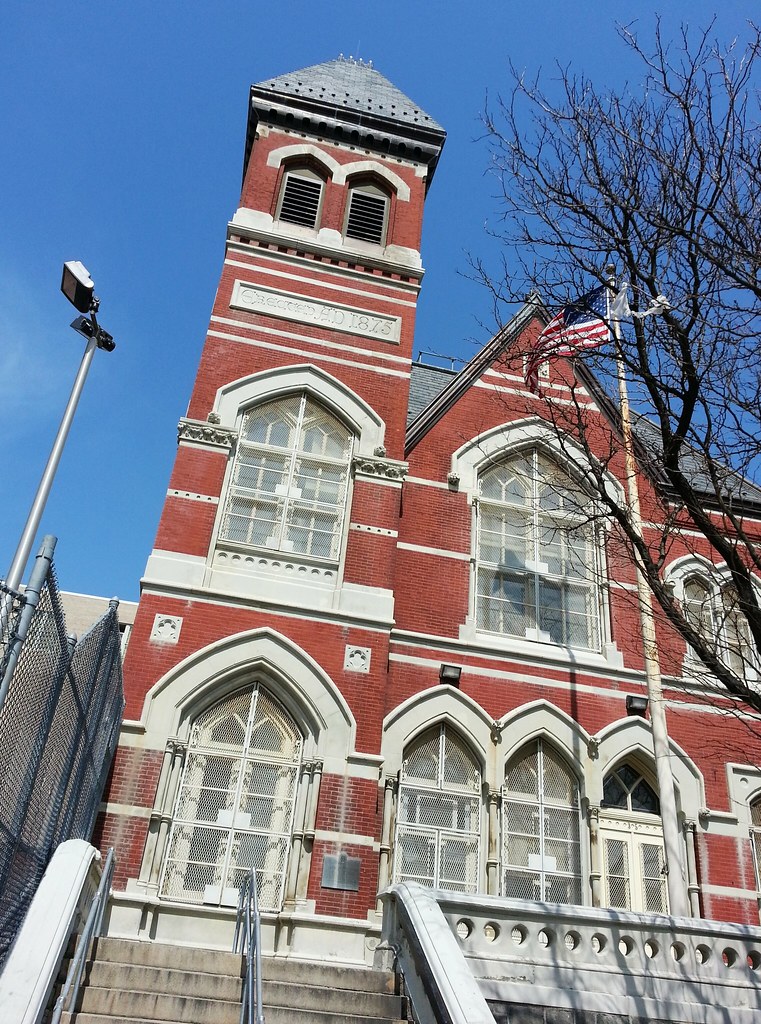
This building was erected in 1875, back when Flatbush was an independent town.

Wandering around Holy Cross Cemetery today, I came upon this highly unusual family crypt. In order to access the vault, you have to turn that wheel at the base of the monument, which rotates the threaded shaft and slides the massive stone cover out of the way. It takes forever to open, according to one of the cemetery's maintenance workers who's had to do it a few times over the years.

This system helps ensure that the cemetery guards make their rounds in a timely manner.
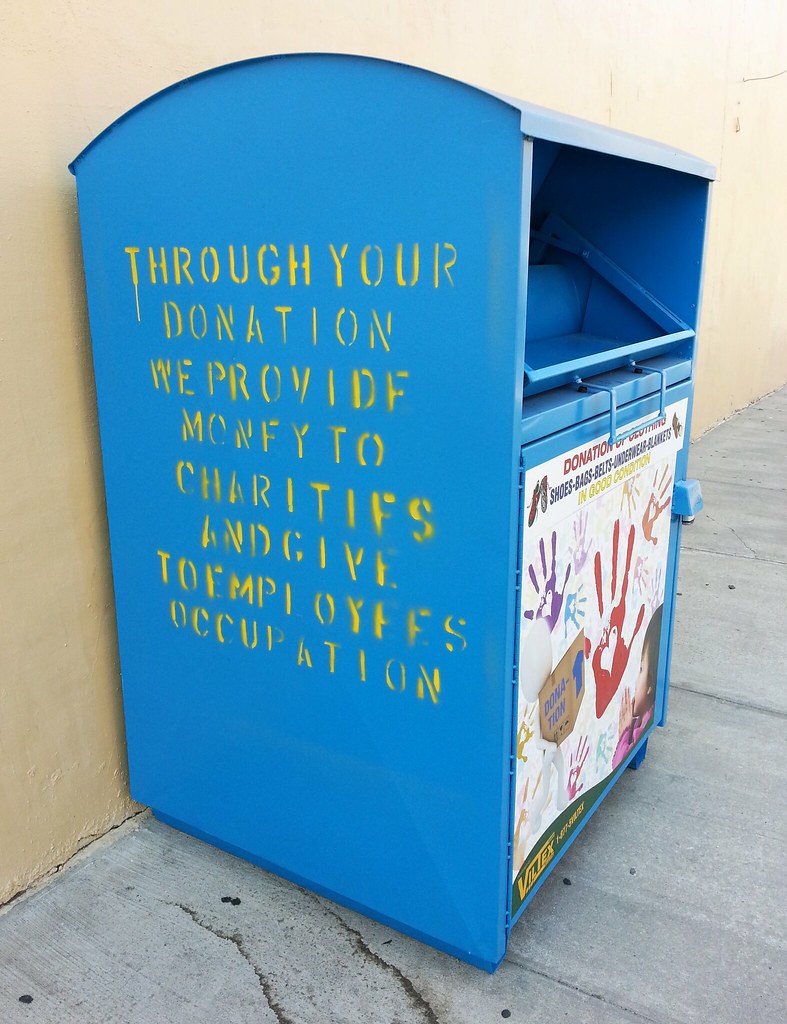
A little bit of Yoda-speak from this for-profit clothing donation bin
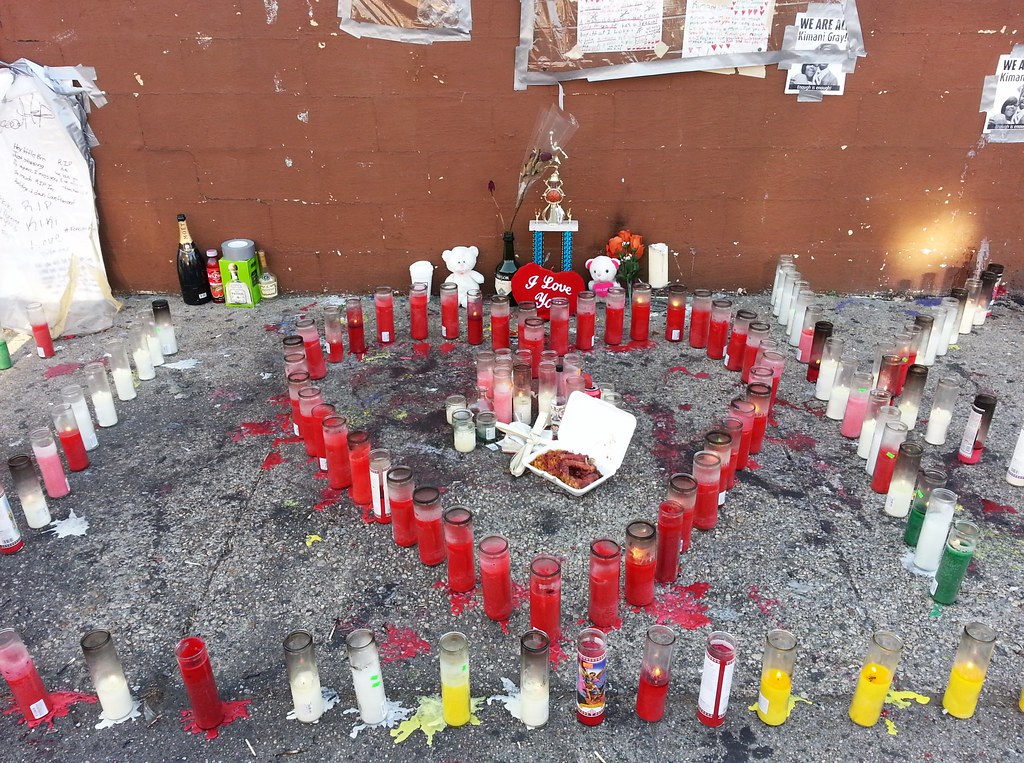
for Kimani Gray. You can see a wider shot here.

An unusual plant featured in several front yards on this block

Walking around New York, I've seen this invasive plant growing almost exclusively in the Bronx (and often in very large numbers up there), but here's a little colony establishing itself in Queens.

Each of these little boxes mounted on the outside wall of Gyro World contains a small radio transmitter connected to an individual water meter. Automated Meter Reading has been implemented around the city to improve billing accuracy, eliminate the need for human meter readers, and allow customers to monitor their water usage in real time.
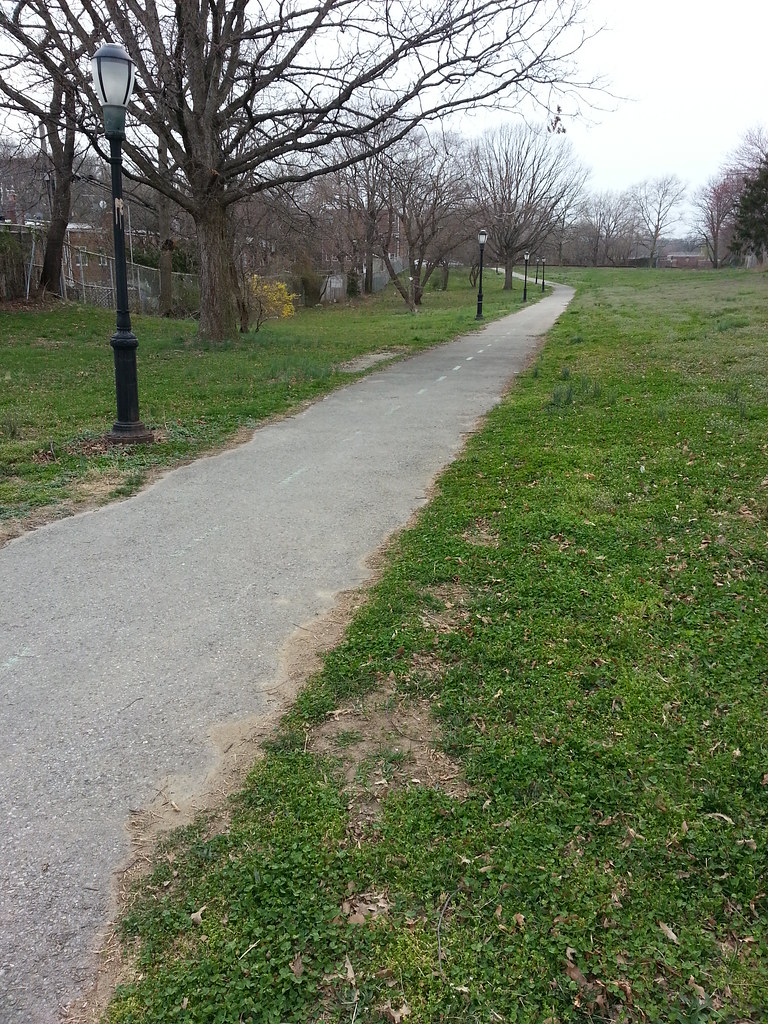
This strip of grass and asphalt forms a narrow section of Kissena Corridor Park, which comprises two distinct swaths of greenery running through eastern Queens along the former route of A.T. Stewart's Central Railroad of Long Island. The western corridor connects Flushing Meadows-Corona Park with Kissena Park, and the eastern corridor connects Kissena Park with Cunningham Park.

Armenian Genocide memorial at the Armenian Church of the Holy Martyrs. You can see the back side of the memorial here.
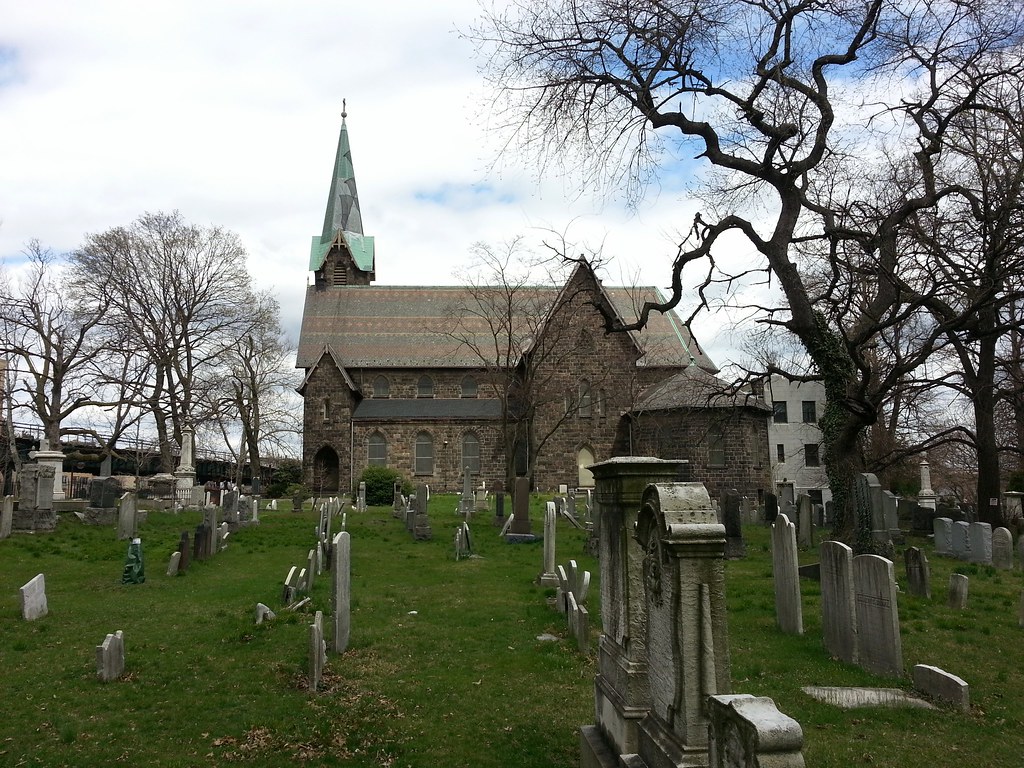
From the NYC Landmarks Preservation Commission's 1976 landmark designation report:
St. Peter's Church, Chapel, and Cemetery form a pleasant and charming enclave in the heart of the old town of Westchester in the Bronx, formerly part of Westchester County. The two strikingly picturesque Gothic style buildings in their quiet graveyard setting dominate the neighborhood and are a tangible reminder of the rural past of this section of the Bronx. The county of Westchester was formed in 1683 and the borough-town of Westchester was named the county seat. . . .
The parish of St. Peter's, one of the oldest in New York City, was organized in 1693 following an act of the Colonial Assembly "for settling a ministry and raising a maintenance for them in the County of Westchester." It was not until 1700 that the town meeting house, previously used for religious services, was abandoned, and a church was erected. . . . The church was situated on the town green adjoining the county court house and jail, the same site as that of the present structure [completed in 1855; interior pictures here].



